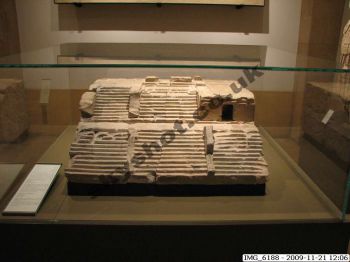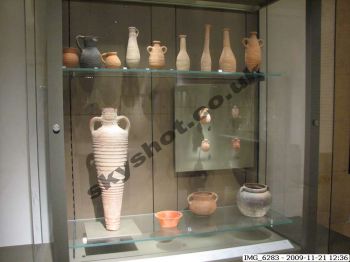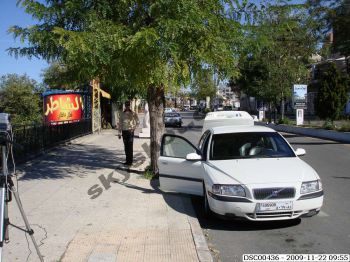Beirut Lebanon
The story of the National Museum started in 1919 with a small group of ancient artifacts, which had been collected by Raymond Weill, a French officer stationed in Lebanon. These objects were displayed in one of the rooms of the German Deaconesses building in Georges Picot Street in Beirut. This exhibition hall served as a temporary museum.
A founding committee was created in 1923 with the task of raising funds to build a museum on a land parcel located on the road to Damascus, near the hippodrome. The plans presented by architects Antoine Nahas and Pierre Leprince Ringuet were accepted by the committee which was headed by Bechara el Khoury, then Prime Minister and Minister of Education and Fine Arts of the Lebanese Republic.
Building activities began in 1930 and were completed in 1937. The Museum was inaugurated on May 27, 1942 by Alfred Naccache, then President of the Lebanese Republic. In 1937, Emir Maurice Chehab, Curator of the Beirut Museum, declared that the new building would house all antiquities uncovered on Lebanese territory.
Until 1975, the Museum visitors could admire a large collection of beautiful objects ranging over a very long chronological period, from Prehistory to the 19th c. AD. Within 30 years the Museum's collection had substantially increased by the addition of artifacts found in recent excavations (sarcophagi, mosaics, jewelry, coins, ceramics, woodwork, weapons).
The National Museum is considered to be one of the most significant Near Eastern museums because of its rich collection. Its importance lies however in the fact that it is part of the Directorate General of Antiquities: excavations undertaken by the latter constantly add new objects to the wealth of the displayed collections.
1975 : The National Museum closed its doors when the Lebanese war broke out.
When the tragic events started in 1975, the situation in the vicinity of the Museum and the Directorate General of Antiquities rapidly and dangerously deteriorated. Both buildings were unfortunately located on the demarcation line, which has divided Beirut into two antagonistic areas for more than seventeen years. The Museum was not only a witness but also a victim of the raging war and the main road next to it came to be ironically called the "Museum Passage" because it was the main communication route between both parts of Beirut during the war.
Due to these events, the authorities decided to close the Museum temporarily in the hope that the situation will rapidly calm down. But their expectations were deceived and the country sank, day after day, in an endless cycle of violence. No one was prepared to face this long war and no one ever imagined that the National Museum would turn into a barrack for armed elements.
The first protection measures inside the Museum were taken while fire-shells and moments of truce alternated. Small finds, the most vulnerable objects of the collection, were removed from the showcases and hidden in storerooms in the basement. The latter was walled up banning any access to the lower floors.
On the ground floor, mosaics, which had been fitted in the pavement, were covered with a layer of concrete. Other large and heavy objects, such as statues and sarcophagi, were protected by sandbags. When the situation reached its worst in 1982, the sandbags were replaced by concrete cases built around a wooden structure surrounding the monument.
Further info: Beirut National Museum - Lebanon


